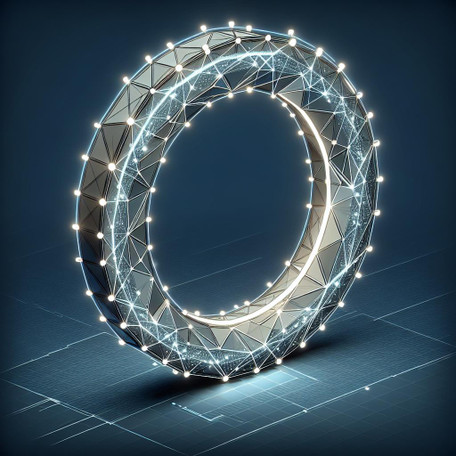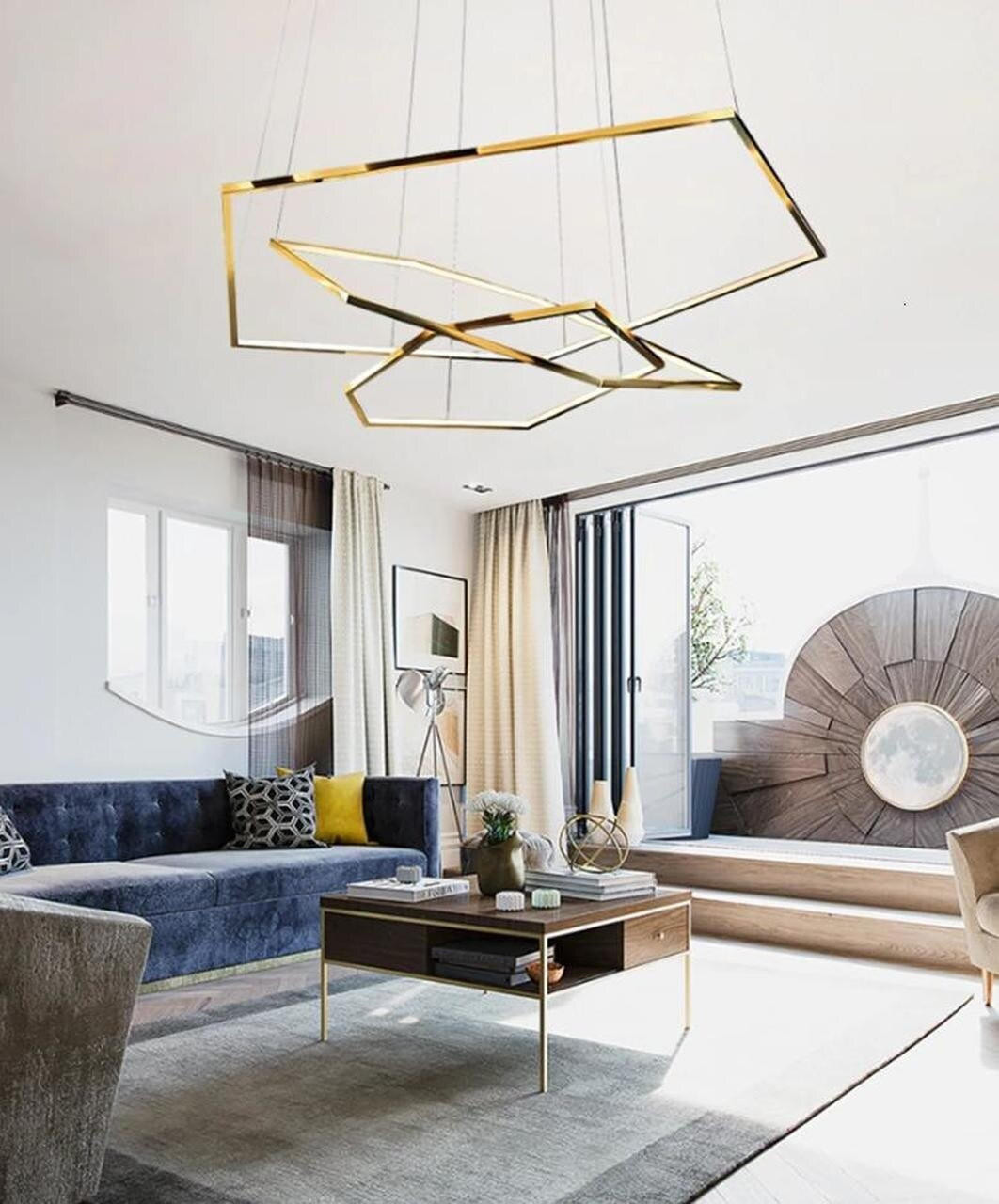Light Ring Horizontal Polygonal: The Future of Geometric Lighting Design
Posted by Elodie Allington - Architect on Oct 07, 2024
As we forge deeper into the 21st century, the fusion of art, architecture, and technology becomes an ever more defining trait of our built environment. Lighting design, once relegated to mere functionality, now assumes a central role as a symbol of innovation and expression. One such groundbreaking design concept is the Light Ring Horizontal Polygonal, an avant-garde approach that reflects the potential of geometric lighting in transforming our spaces. This article delves into the future that awaits geometric lighting with an emphasis on the intriguing allure and potential of the Light Ring Horizontal Polygonal.
The Genesis of Geometric Lighting
To understand the merit of the Light Ring Horizontal Polygonal, we must appreciate the historical context of geometric lighting. Art and design, throughout history, have often turned to geometry to elucidate principles of harmony, balance, and beauty. The classical Greeks introduced the golden ratio in architecture, while the Renaissance saw a mathematical paradigm shift, applying proportion and symmetry to art and design.
Geometric lighting follows this rich tradition, marrying mathematical precision with artistic freedom. In recent decades, the rise of computational design and fabrication technologies has enabled a more robust engagement with geometric forms, resulting in unprecedented experimentation in lighting design. The Light Ring Horizontal Polygonal stands at the vanguard of this evolution.
Understanding the Light Ring Horizontal Polygonal
A Light Ring Horizontal Polygonal is a sophisticated lighting design that draws its form from polygonal geometry. Unlike traditional circular light fixtures, which rely solely on symmetry, these designs introduce a multifaceted aesthetic. The polygonal structure allows for varied structural possibilities and energetic distributions while maintaining a streamlined and minimalist look.
By employing horizontal orientations, these light rings create a seamless blend between structure and illumination, offering not merely light but a spectacle. Their versatility allows them to be integrated into a multitude of settings, from commercial spaces seeking a modern edge to residential interiors aiming to make bold statements.
The Science Behind the Design
The real beauty of the Light Ring Horizontal Polygonal lies not just in aesthetics but in function. The geometric structure optimizes light distribution by directing it across a wider plane compared to its circular counterparts. Consequently, it minimizes energy waste and enhances the ergonomic experience of spaces by reducing glare and creating even illumination.
Moreover, the ability to customize the number of polygonal sides enables designers to have creative control over light intensity and distribution. This optimization is particularly significant in sustainable design, where every watt counts towards environmental responsibility.
Innovations and Applications in Various Domains
The Light Ring Horizontal Polygonal embodies innovation across a multitude of fields. For urban planners and architects, it presents the possibility of reimagining public spaces. Just as Haussmann transformed Paris with visionary boulevards, architects today can leverage polygonal lighting to redefine cityscapes, creating urban environments that thrive both aesthetically and functionally.
In retail spaces, these designs can create an atmosphere that entices customers and enhances the shopping experience. The signature interpretation of traditional light fixtures does not merely illuminate but elevates spatial interaction, turning mundane decisions into multidimensional journeys.
On a smaller scale, they hold the potential to reinvent educational environments and corporate offices. By refining the mood and adaptability of workspaces through dynamic lighting, productivity and creativity can be nurtured.
The Light Ring Horizontal Polygonal has found a niche in modern hospitality environments, like boutique hotels and upscale restaurants, where ambiance is critical to customer satisfaction. By introducing directional lighting that highlights architectural features and complements interior design, these installations contribute to a memorable and immersive guest experience.
The Intersection of Art and Technology
When considering the future of lighting design, the intersection of art and technology brought forth by the Light Ring Horizontal Polygonal is a key harbinger of change. Through advanced materials and integrated technologies, such as miniaturized LED systems and wireless control options, the adaptability of these designs transcends aesthetic considerations and delves into intelligent solutions for lighting challenges.
The flexibility of forms and sizes allows for the configuration of a holographic atmosphere that can be remotely calibrated. The integration of sensors and smart automation could potentially alter our relationship with lighting, enabling holistic and environmentally friendly control over intensity and color temperature to suit human circadian rhythms or specific task requirements.
The Future: A Symbiotic Relationship Between Technology and Design
As we look to the future, the Light Ring Horizontal Polygonal exemplifies a growing trend—the symbiotic relationship between technology and design. The marriage of advanced materials, programmable LEDs, and smart technologies offers endless possibilities for personalizing experiences.
Incorporating IoT technologies will allow these lighting designs to respond to environmental changes in real-time, adjusting brightness and color to optimize energy use and comfort. These innovations foster a deeper connection between users and their environments, enhancing awareness and interaction.
Additionally, with the rise of sustainable practices, these designs can pioneer low-impact production processes and facilitate the use of recycled materials, thus safeguarding the planet for future generations.
Embracing renewable materials and eco-friendly manufacturing techniques could set a new standard for future lighting solutions, encouraging a design culture that values sustainability without compromising elegance or creativity.
Conclusion: Embracing the Light
The Light Ring Horizontal Polygonal is not merely a design trend, but a glimpse into what the future of lighting holds for us all. By pioneering nuanced and harmonious designs that challenge the traditional definitions of aesthetic norms, we embrace a broader spectrum of possibility where form and function coalesce.
Our journey towards sustainable and innovative design practices is unwavering. As such, the Light Ring Horizontal Polygonal stands as a beacon of potential, illuminating paths and spaces in ways previously unimaginable. We find ourselves captivated by the interplay of light and shadows—a renaissance not only in what we see but in how we experience the built environment.




